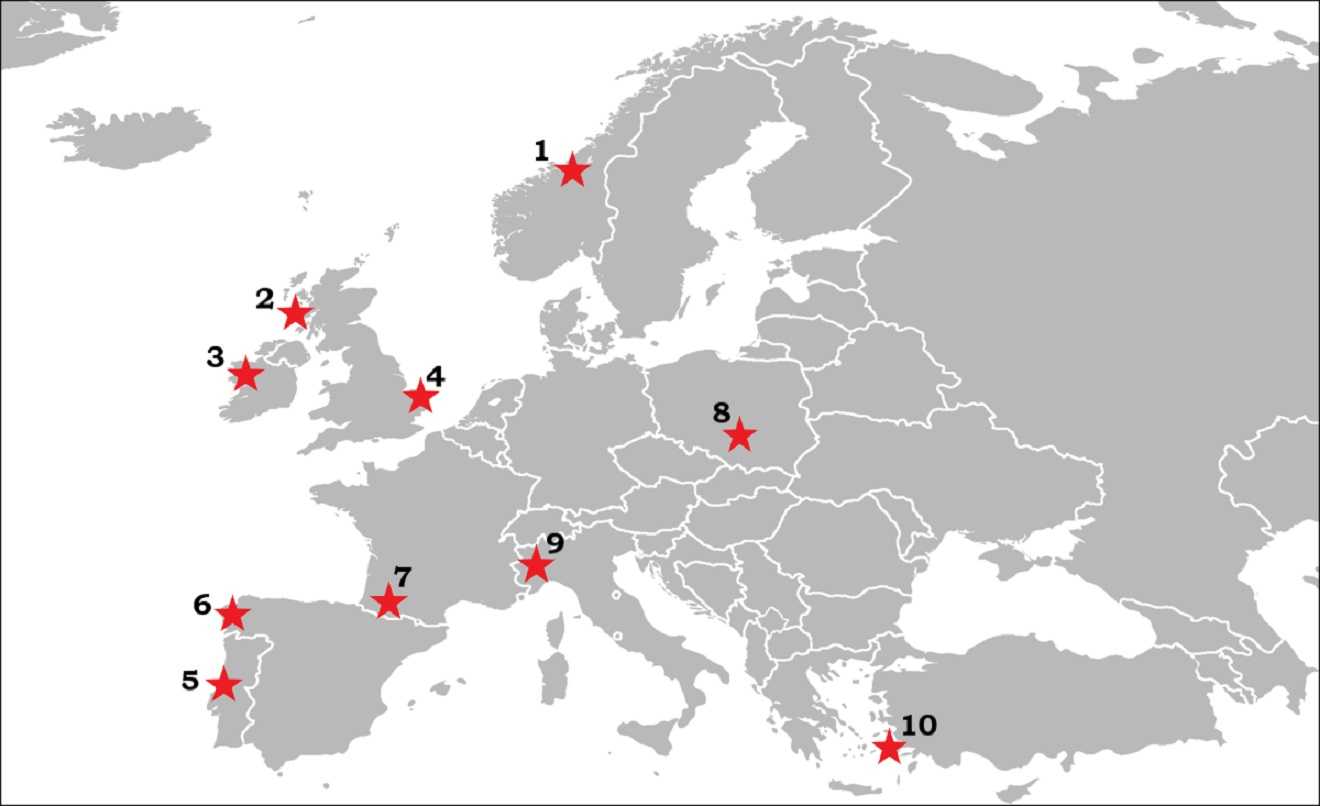Quiz Answer Key and Fun Facts
1. Shrine of St Olaf, Nidaros
2. Iona Abbey
3. Croagh Patrick Mountain, County Mayo
4. Shrine of Our Lady, Walsingham
5. Sanctuary of Our Lady of the Rosary of Fátima
6. Shrine of St James the Great, Santiago de Compostela
7. Sanctuary of Our Lady of Lourdes
8. Black Madonna of Częstochowa
9. Chapel of the Holy Shroud, Turin
10. Island of Patmos
Source: Author
stedman
This quiz was reviewed by FunTrivia editor
looney_tunes before going online.
Any errors found in FunTrivia content are routinely corrected through our feedback system.

